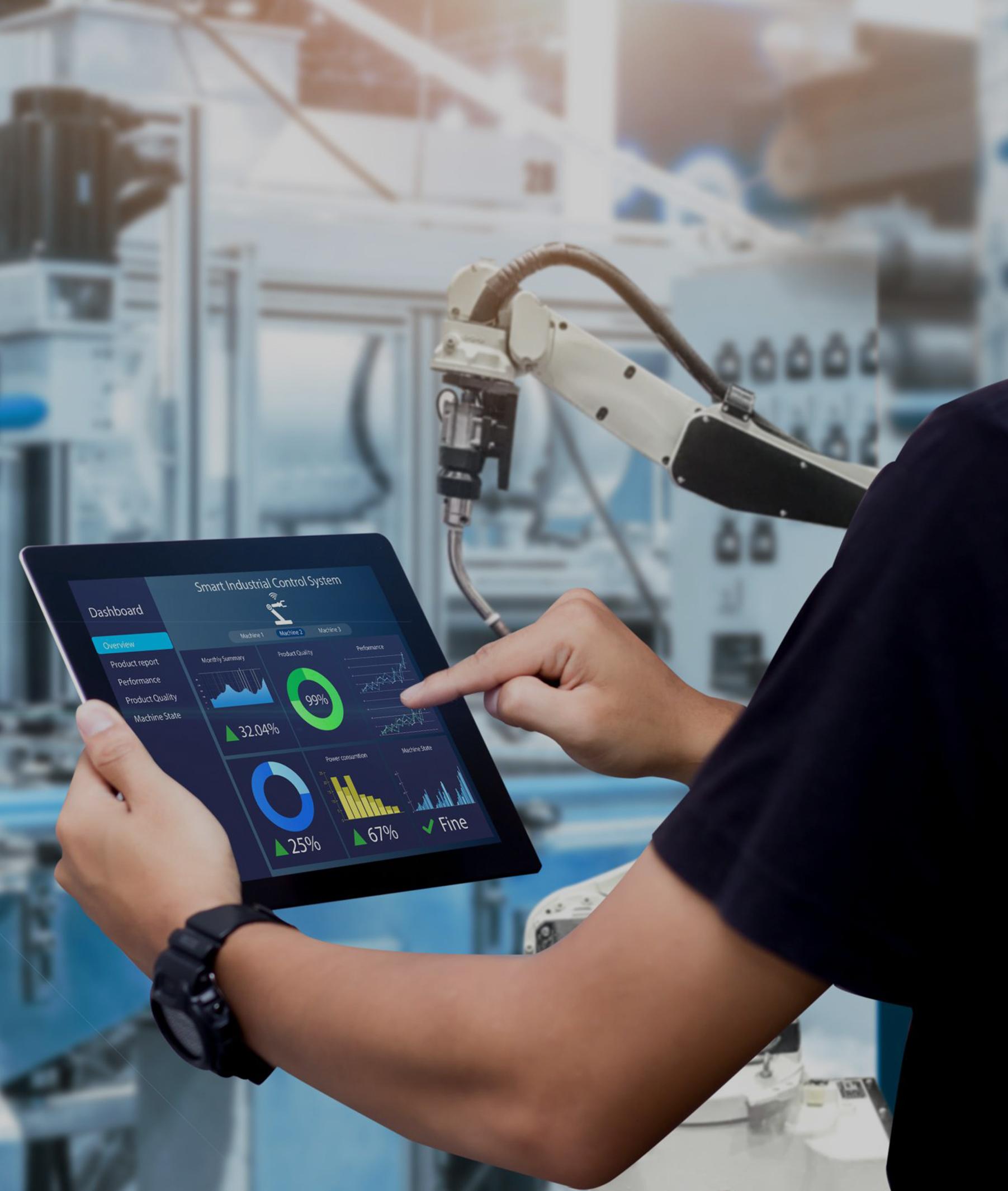
 |
Same Day Shipping for Stock Items |
|
DHL / Fedex / UPS / Aramex |
|
|
Professional one-on-one service |
|
100% brand new and original |
|
The 2198-CAPMOD-2240 is a capacitor module designed to be used with Kinetix 5700 servo drive system. |
Picture/Video
Get Products pictures or Video for Inspection
|
Specification |
Product Image |
|
|
Brand Name |
PLC MODULE |
|
|
Model Number |
2198-CAPMOD-2240 |
|
|
Alternate Part Number |
| |